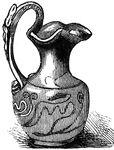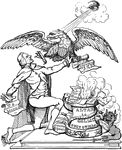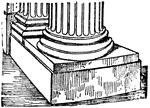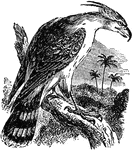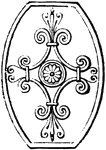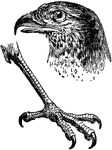
Archbishop John Whitgift
John Whitgift (c. 1530 – February 29, 1604) was Archbishop of Canterbury from 1583 to his death. Noted…
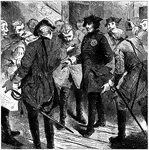
Frederick II of Prussia
An illustration of Frederick II of Prussia attempting to find lodging for the evening. Frederick II…

Mary, Queen of Scots
Mary I (popularly known in the English-speaking world as Mary, Queen of Scots and, in France, as Marie…
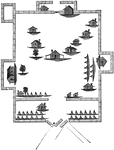
Fort Mims Layout
The Fort Mims massacre occurred on 30 August 1813, when a force of Creeks, belonging to the "Red Sticks"…
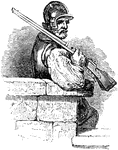
A Puritan Soldier
A Puritan of 16th and 17th century England was an associate of any number of religious groups advocating…

Prince Rupert of the Rhine
Rupert, Count Palatine of the Rhine, Duke of Bavaria, commonly called Prince Rupert of the Rhine, (17…

Charles I of England
Charles I, (19 November 1600 – 30 January 1649) was King of England, Scotland and Ireland from…

Hereford Cathedral
In the war between King and Parliament (the English Civil War) the city of Hereford fell into the hands…
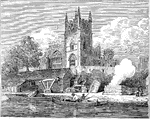
Church of All Saints, Wilden, Worcestershire
All Saints Church in Wilden, Worcestershire about one mile to the north east of Stourport. It was designed…
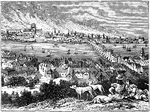
Great Fire of London
The Great Fire of London, a major conflagration that swept through the central parts of London from…
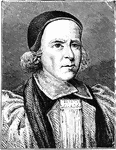
Archbishop William Sancroft
William Sancroft (30 January 1617 – 24 November 1693), was the 79th archbishop of Canterbury. He became…
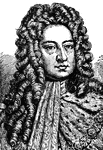
King George I of Great Britain
George I (28 May 1660 – 11 June 1727) was King of Great Britain and Ireland from 1 August 1714…

Frederick II of Prussia on Horseback
An illustration of Frederick II of Prussia on horseback. Frederick II (January 24, 1712 – August 17,…
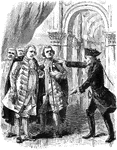
Frederick II of Prussia and Judges
An illustration of Frederick II of Prussia and the unjust judges. Frederick II (January 24, 1712 –…
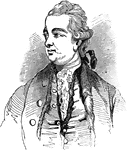
Edward Gibbon
Edward Gibbon (April 27, 1737 - January 16, 1794) was an English historian and Member of Parliament.…

James Cardinal Gibbon
James Cardinal Gibbons (23 July 1834 - 24 March 1921) was an American prelate, the Roman Catholic Archbishop…
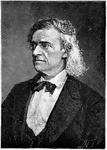
Theodor Mommsen
Christian Matthias Theodor Mommsen (30 November 1817 – 1 November 1903) was a German classical scholar,…

Roman Coins (Denarius)
An illustration of a roman coin (denarius). The left side represents the laurel-crowned head of Titus.…
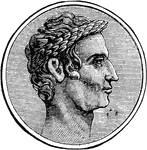
Julius Caesar (profile)
An illustration of Caesar. A politician of the populares tradition, he formed an unofficial triumvirate…
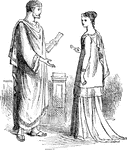
Man and Woman in Roman Clothing
An illustration of a man and woman standing in typical Roman clothing. Clothing in ancient Rome generally…
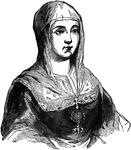
Isabella of Castille
Isabella I (April 22, 1451 – November 26, 1504) was Queen of Castile and León. She and…
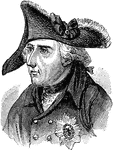
Frederick II of Prussia
Frederick II (January 24, 1712 – August 17, 1786) was a King of Prussia (1740–1786) from…
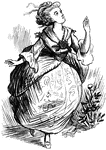
Lesbia
Lesbia was the pseudonym of the lover to whom the Roman poet Gaius Valerius Catullus (84-54BC) dedicates…
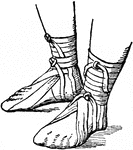
Roman Sandal
A sandal worn in Ancient Rome. This sandal is different from Greek sandals because it has a vamp, or…
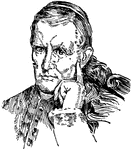
Cardinal McCloskey
John Cardinal McCloskey, (March 10, 1810 - October 10, 1885) was an American cardinal, the fifth bishop…

Sea Eagle
A sea eagle (also called erne or ern) is any of a group of birds of prey in the genus Haliaeetus in…
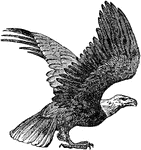
Bald Eagle
The Bald Eagle (Haliaeetus leucocephalus) is a bird of prey found in North America that is most recognizable…
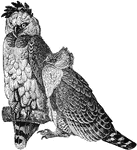
American Harpy Eagle
The American Harpy Eagle (Harpia harpyja) is a neotropical eagle, often simply called the Harpy Eagle.…
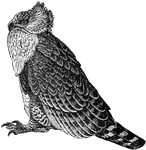
Martial Eagle
The Martial Eagle (Polemaetus bellicosus), is Africa's largest eagle and is the only member of the genus…
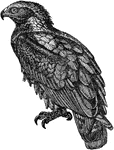
Golden Eagle
The Golden Eagle (Aquila chrysaetos) is one of the best known birds of prey in the Northern Hemisphere.…
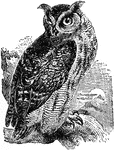
Great Horned Owl
The American horned owls and the Old World eagle-owls make up the genus Bubo, at least as traditionally…

Washington Resigning His Commission
At Fraunces Tavern on December 4, Washington formally bade his officers farewell and on December 23,…
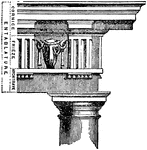
Entablanture
An entablature refers to the superstructure of moldings and bands which lie horizontally above columns,…
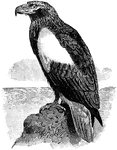
Steller's Sea Eagle
The Steller's Sea Eagle (Haliaeetus pelagicus) is a large bird of pray in the Accipitridae family of…
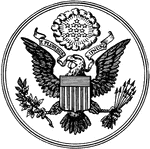
Great Seal of the United States
The Great Seal of the United States with "E. Pluribus Unum" and a bald eagle holding thirteen arrows…
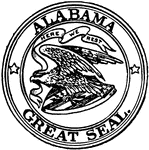
Seal of Alabama
The Great Seal of Alabama, 1911. The image depicts a bald eagle holding a banner that reads "Here we…
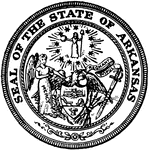
Seal of Arkansas
The Seal of the State of Arkansas. The seal shows Mercy, a bald eagle holding a shield, and the sword…
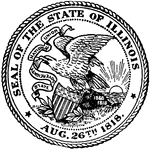
Seal of Illinois
The Seal of the State of Illinois, 1818. The seal shows the bald eagle on a rock carrying a shield.…
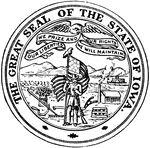
Seal of Iowa
The Great Seal of the State of Iowa. The seal pictures a soldier in wheat field with the American flag…
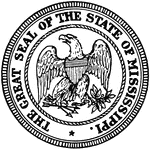
Seal of Mississippi
The Great Seal of the State of Mississippi. The bald eagle wears stars and stripes and holds an olive…

Seal of New Mexico
The Great Seal of the State of New Mexico, 1850. The seal pictures the American Bald Eagle and the Mexican…

Seal of Oregon
The Great Seal of the State of Oregon. The seal shows mountains, an elk, a wagon, and the Pacific Ocean.

Seal of Pennsylvania
The Seal of the State of Pennsylvania. The seal shows a shield which has a ship, a plow, and sheaves…
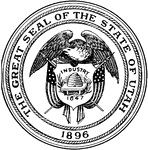
Seal of Utah
The Great Seal of the State of Utah, 1896. The seal shows a bald eagle holding a shield. The shield…

Temple of Edfu Plan
The Temple of Edfu is an ancient Egyptian temple located on the west bank of the Nile in the city of…
Temple of Edfu Section
The Temple of Edfu is an ancient Egyptian temple located on the west bank of the Nile in the city of…
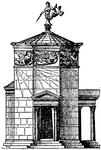
Tower of the Winds
The Tower of the Winds, also called horologion (timepiece), is an octagonal Pentelic marble clocktower…

Greek Corinthian Order
The Corinthian order is one of the Classical orders of Greek and Roman architecture, characterized by…

Roman Ionic Order
The Ionic order column originated in the mid-6th century BC in Ionia. The Ionic order column was being…
